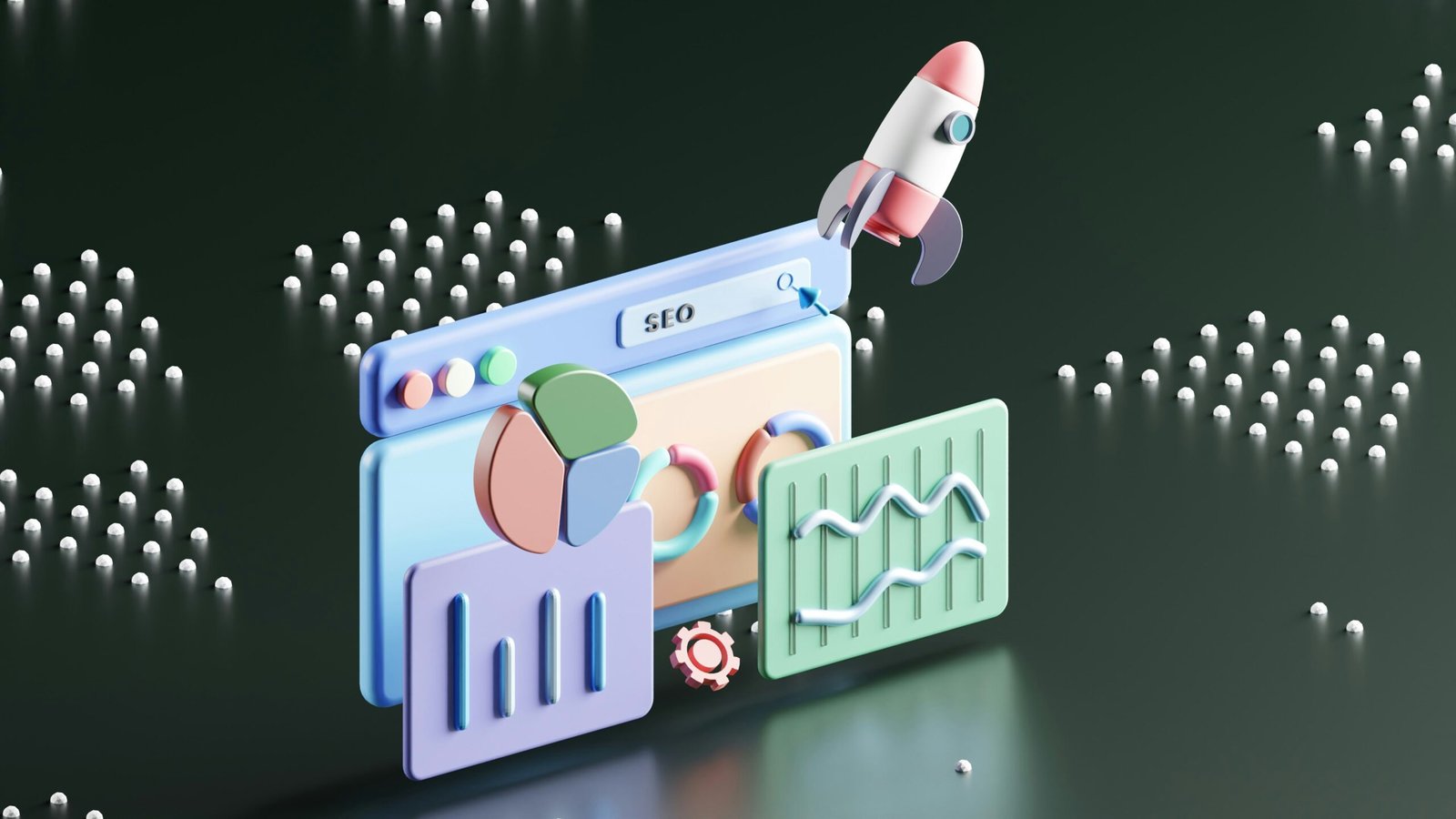Demystifying the Inner Workings of Computers: A Peek into the Digital Engine Room

Demystifying the Inner Workings of Computers: A Peek into the Digital Engine Room

In an era dominated by digital devices and interconnected networks, understanding how computers work has become essential knowledge for navigating the modern world. From smartphones to supercomputers, these marvels of engineering perform complex tasks with astonishing speed and precision, thanks to the intricate interplay of hardware and software.
At its core, a computer is a sophisticated machine designed to process and manipulate data according to predefined instructions. This process unfolds within a meticulously orchestrated environment comprised of various hardware components working in tandem.
The central processing unit (CPU) serves as the brain of the computer, executing instructions and performing calculations at blistering speeds. It relies on the arithmetic logic unit (ALU) to carry out mathematical operations and the control unit to manage the flow of data within the system.
Memory, in the form of random access memory (RAM) and storage devices like hard disk drives (HDDs) or solid-state drives (SSDs), plays a crucial role in storing and accessing data. RAM provides fast, temporary storage for data and instructions that the CPU needs to access quickly, while storage devices retain data even when the computer is powered off.
The motherboard acts as the central hub that connects and facilitates communication between various components, including the CPU, memory, storage devices, and peripheral devices such as keyboards, mice, and monitors.
Meanwhile, software serves as the bridge between the user and the computer’s hardware, enabling users to interact with and control the machine. Operating systems like Windows, macOS, and Linux manage resources, coordinate tasks, and provide a user-friendly interface for accessing applications and data.
Programming languages, such as Python, Java, and C++, allow developers to create software applications and algorithms that harness the full potential of computer hardware. These instructions, written in human-readable code, are translated into machine code by compilers or interpreters and executed by the CPU.
The execution of instructions follows a precise sequence known as the fetch-decode-execute cycle. During this cycle, the CPU retrieves instructions from memory, decodes them into a format it can understand, executes the instructions, and stores the results back into memory or registers.
The evolution of computing has been marked by exponential growth in processing power, storage capacity, and connectivity, fueled by advances in semiconductor technology, software development, and networking infrastructure. From the humble beginnings of room-sized mainframes to the ubiquity of smartphones and cloud computing, computers have transformed every aspect of modern life, shaping how we work, communicate, and experience the world around us.
In conclusion, computers are marvels of engineering that operate through the seamless integration of hardware and software components. Understanding the inner workings of computers empowers us to leverage their capabilities effectively and harness the transformative potential of technology in the digital age.






